
The Movie’s Captain Miller
In 1998 Stephen Ambrose, Stephen Spielberg, and Tom Hanks debuted what is arguably the finest war movie ever made. The storyline of Saving Private Ryan was fabricated from whole cloth. While there were several actual heartrending tales of multiple brothers from the same family having been lost in combat during World War 2, the operation to task Captain Miller and his Ranger detachment to retrieve a single young paratrooper amidst the chaos of the D-Day invasion never actually happened.

I’ll level with you guys, when I saw that movie for the first time in the theater I struggled to keep my composure. I had only fairly recently left the military, and I missed the brotherhood and camaraderie terribly. When the old guy at the end asked his family if he had lived a good life that just touched a visceral chord. While this particular story was indeed the product of an imaginative screenwriter, reality was all the more compelling.
Closer to Home
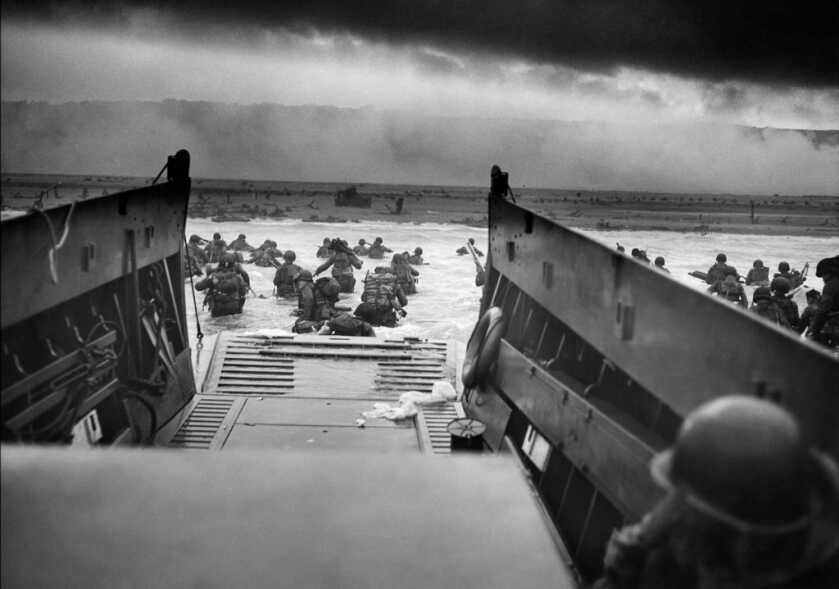
Mr. Roberson was a patient of mine who was assigned to the 5th Ranger Battalion during World War 2. He hit Omaha Beach in the first wave on the morning of June 6, 1944. He actually did what was depicted in the movie. Here’s his story.
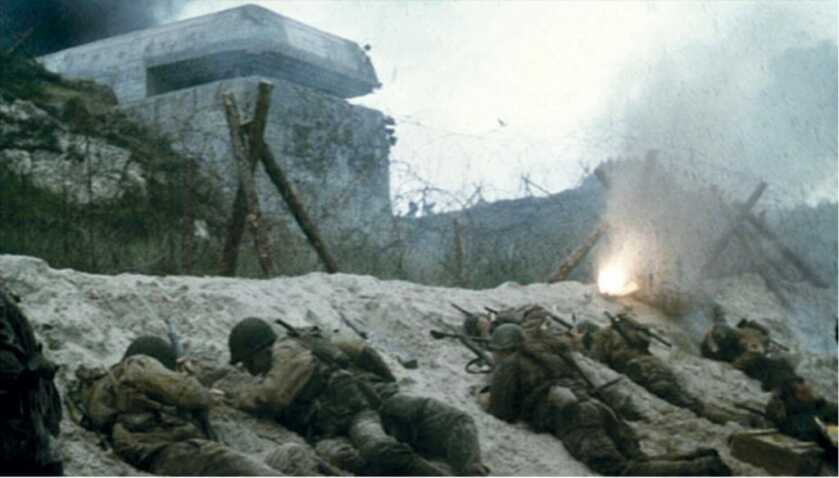
Getting to know Mr. Roberson put a human face on the film for me. He was like so many of those great old guys—quiet, humble, and awesome. The only reason I ever found out about his military service was that I inquired about some scars on his forearm. He didn’t write a book, try to monetize his time downrange, or seek attention of any sort. He just did what it took and then came home to raise a family and be a great American.

Likewise, the real-life inspiration for the characters in the movie was even better than what we saw on the big screen. These men, all of them young and hard, were products of the Great Depression. They left the relative comfort and security of home to travel to foreign lands and, in many cases, suffer and die so that we could enjoy the freedoms we so often take for granted today.
Background

Spoiler Alert—If you haven’t seen it already, then I’m about to ruin the plot of the movie. However, if you frequent GunsAmerica and you haven’t seen Saving Private Ryan at least twice I’ll be holding onto your man-card for safekeeping until you remedy that. Stop whatever you’re doing, surf on over to Amazon, and knock it out. It’ll take you 2 hours and 49 minutes. You’ll thank me later.
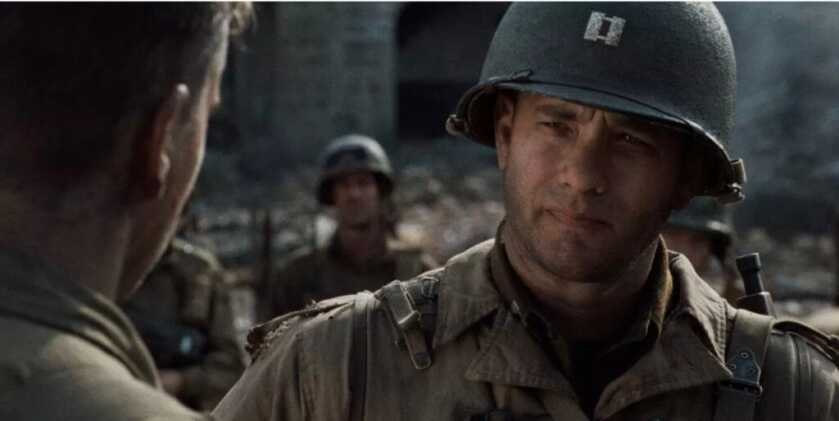
One of the central threads in the film orbits around Tom Hanks’ character, Captain John H. Miller. CPT Miller is universally respected by his men, even when they disagree with him. As a commander, he seems to strike the perfect balance between intimacy and aloofness, something that can be tough to do in the real world. There’s really nothing he wouldn’t do for his guys, but there is also no ambiguity regarding who is ultimately in charge. Throughout the first half of the film, there is a pool going to try to guess what CPT Miller’s profession was before the war.

We eventually find out that John Miller was a teacher. He is married but has no children. Just like all of them, what he really wants to do is get the war over with and go home. This revelation is one of the more poignant moments in a very poignant movie.

Captain Miller ultimately gives his life saving Private Ryan. He and most of his men are spent defending a critical bridge that is probably in the middle of some peaceful little French village nowadays. However, that is obviously the point. Were it not for countless Allied soldiers like Mr. Roberson who were willing to fight to the death over such stuff the death camps would still be running today.
Fact is Cooler Than Fiction
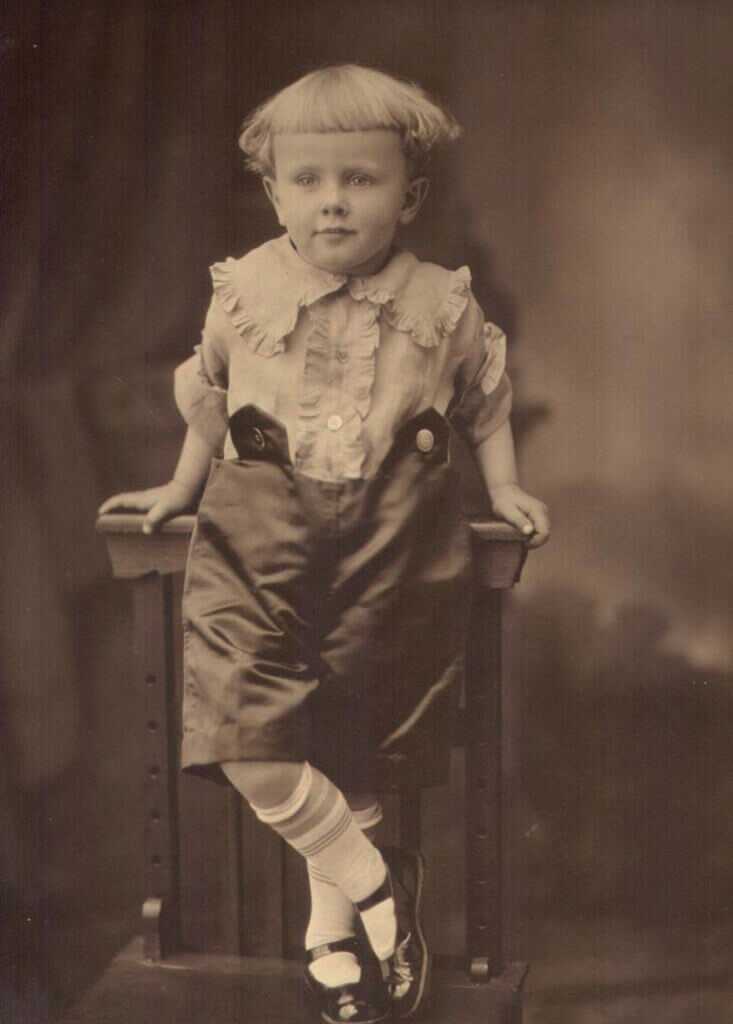
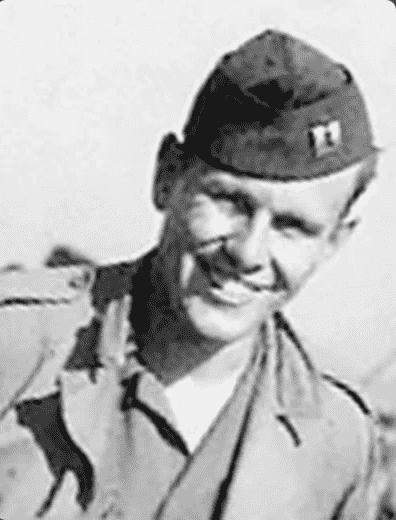
While CPT Miller is indeed one of the most compelling characters in the film, the real guy who inspired him is all the more extraordinary. Tom Hanks’ character was based on 24-year-old CPT Ralph Goranson. Born, appropriately enough, on the 4th of July, 1919, CPT Goranson was the commander of C Company, 2d Ranger Battalion. Though my friend Mr. Roberson never mentioned him by name, he would have trained alongside CPT Goranson in the leadup to Operation Overlord.
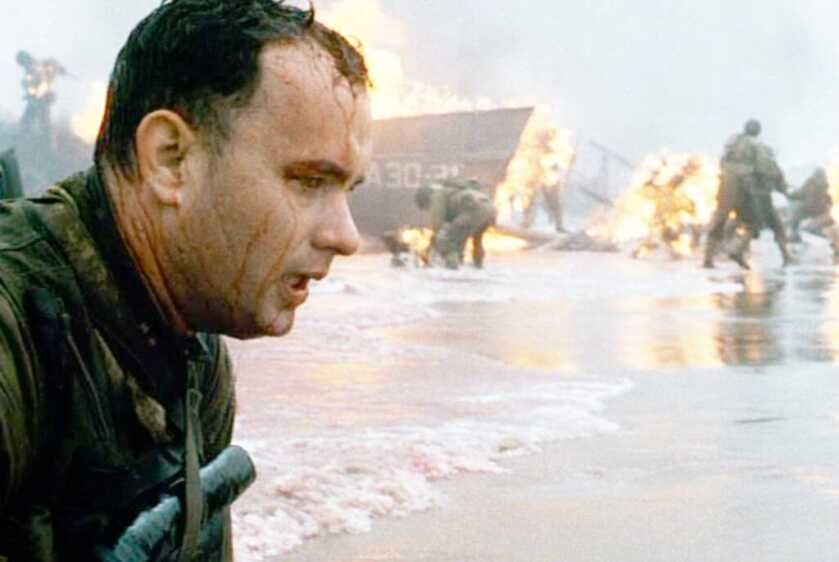
Movie vs. Reality
In the movie, the Rangers landed on the Dog-Green section of Omaha Beach. In reality, this little piece of hell mostly fell to the grunts of the 116th Infantry Regiment, 29th Infantry Division. Charlie Company, 2d Rangers actually landed a few yards west of Dog-Green on a place called Charlie Section.
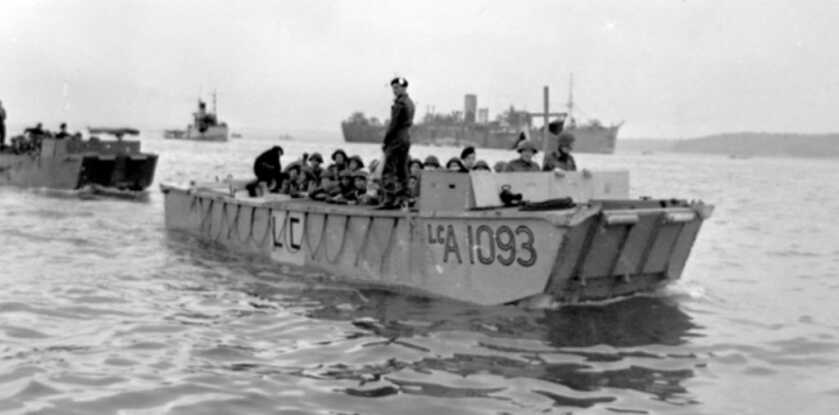
C Company consisted of 68 Rangers, and they didn’t actually hit the beach in Higgins Boats. They rode to war aboard British Royal Navy LCA’s (Landing Craft, Attack). These British-designed boats sported a 4-man crew and carried 37 assault troops. Unlike their American counterparts, the LCA’s featured armored bulkheads and hulls along with a modest deck over their troop wells. Of the Royal Navy crews, CPT Goranson later said they, “Beached us on time in the best place, exactly per our instructions.”

Overlord was the largest amphibious invasion in human history. However, for all its scope and power, the real story of D-Day resides in the smaller stuff. June 6, 1944, was Ranger Sergeant Walter Geldon’s third wedding anniversary. As they approached the beach, his buddies were singing in his honor to celebrate. An hour later SGT Geldon lay dead on the sand.

The commander of the 2d Ranger Battalion was LTC James Rudder. His guys called themselves “Rudder’s Rangers” as a result. A month before the invasion Rudder told Goranson, “You have the toughest goddamn job on the whole beach.” He wasn’t kidding.
CPT Goranson Goes to War
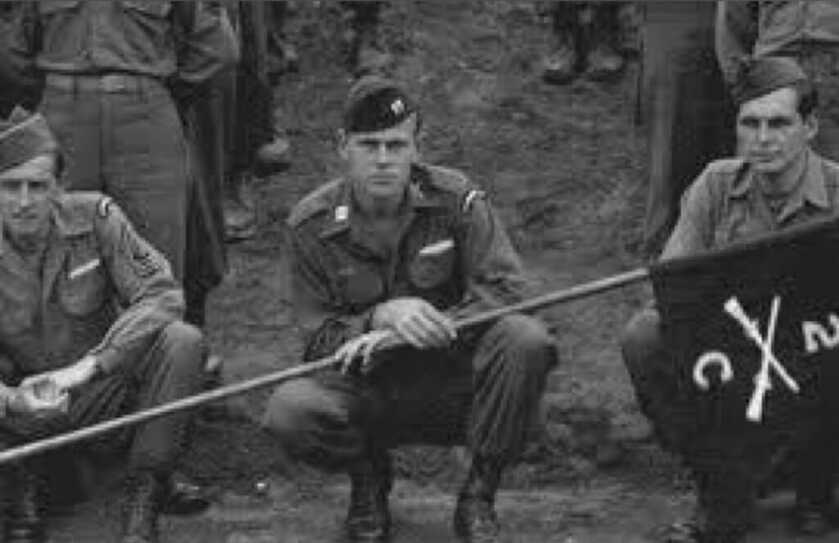
CPT Goranson was naturally in the first British LCA. At around 0645 the defending Germans opened up on Goranson’s boat with artillery, mortars, and small arms. Four high explosive rounds struck the LCA as it landed, killing twelve Rangers outright. Many of the rest were wounded.

The second LCA was led by Ranger Platoon Leader LT Sidney Salomon. LT Salomon made it off the boat safely amidst a hail of machine gun fire, but the man behind him, SGT Oliver Reed, was riddled. Salomon dragged Reed through waist-deep surf onto the shingle only to be bowled over by a nearby mortar round.

Advancing into hostile fire is arguably the most unnatural of all human endeavors. Seeing his Rangers becoming bogged down at the water’s edge, 1SG Steve Golas stood up and shouted, “Get your ass off this beach!” 1SG Golas was gunned down moments later.
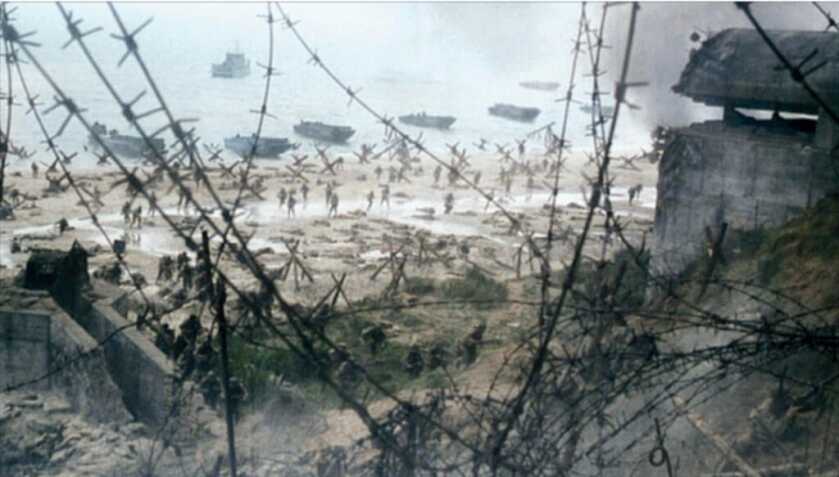
Rare Men
A BAR man named T/5 Jesse Runyan was shot through the groin and paralyzed from the waist down trying to cross the 300 yards of killing ground between the water’s edge and the first available cover. Despite his injuries, Runyan dragged himself forward, firing his BAR as he went. This young stud earned the Silver Star for his actions that horrible morning.

Another nineteen Rangers were hit near the Vierville Draw. With only thirty or so Rangers left unhurt, Captain Goranson directed his men west to a modest cliff face. His guys moved three hundred yards further west to reach the roughly 100-foot cliff face. Using their bayonets as climbing aids, the Rangers scaled the cliff and emplaced a toggle rope.
Once atop the cliff the first few Rangers immediately assaulted the German defensive works. Those first three Rangers, LT Bill Moody, SGT Julius Belcher, and PFC Otto Stephens, were likely the first three Allied troops to reach the high ground overlooking Omaha Beach. LT Moody fell to a sniper soon thereafter, but LT Salomon recovered his wits enough to rejoin the attack.

Chaos
What followed was a chaotic back-and-forth engagement ultimately decided by small arms and hand grenades. CPT Goranson led his men along with a handful of 29th ID grunts as they assaulted the defensive works, machinegun nests, and mortar emplacements that had exacted such a horrible toll on his Rangers. For the next several hours the Rangers fought their way through the maze of trenches and prepared emplacements that the Germans had constructed over the previous months.
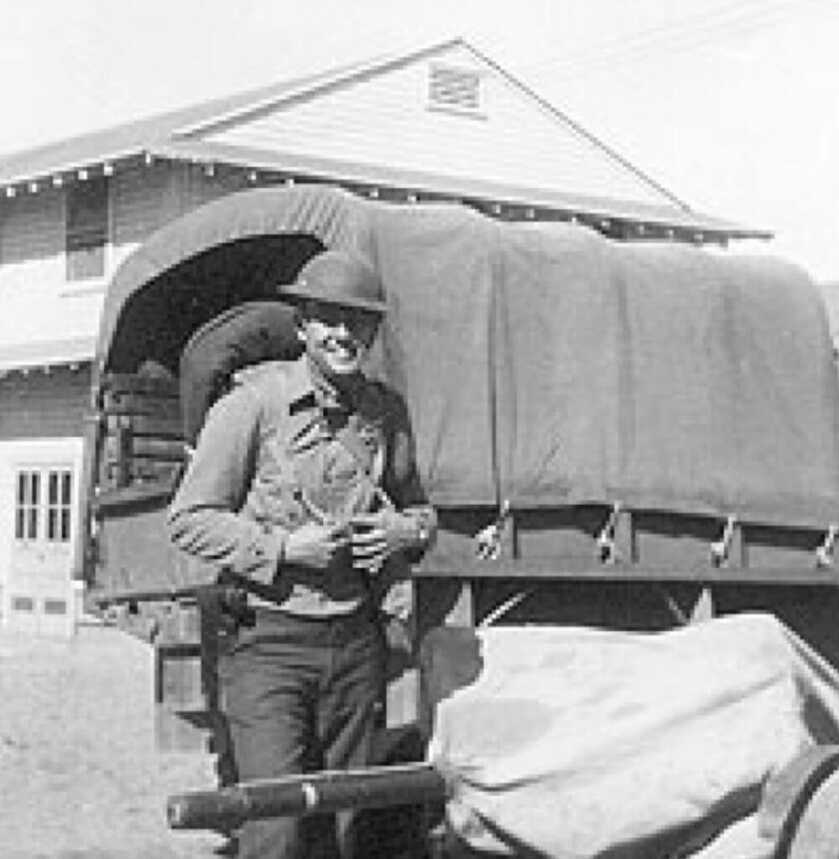
By 1400 in the afternoon, CPT Goranson’s Rangers had killed 69 Germans in their defensive works and were ready to move inland. Goranson formed a combat patrol and pressed forward to Pointe-de-la-Percee. Later that afternoon they transitioned to Pointe du Hoc to link up with the surviving Rangers there.
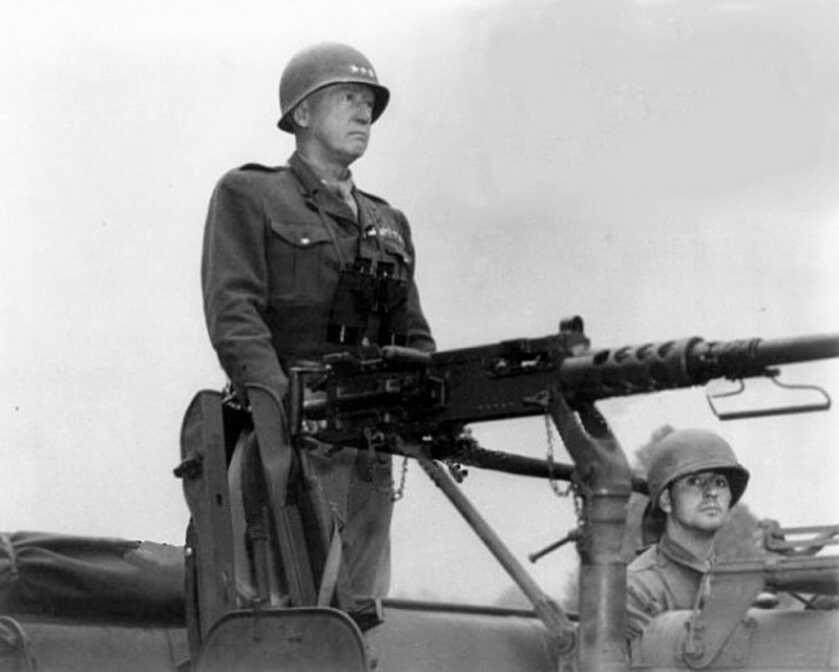
According to Mr. Roberson, after pushing through the Bocage country in Normandy his unit subsequently went to work as a reconnaissance element for General Patton’s 3d Army. He met Patton twice himself and told me that the General’s voice had a peculiar high-pitched tone that seemed incongruous. He subsequently fought in both the Hurtgen Forest and the Battle of the Bulge.
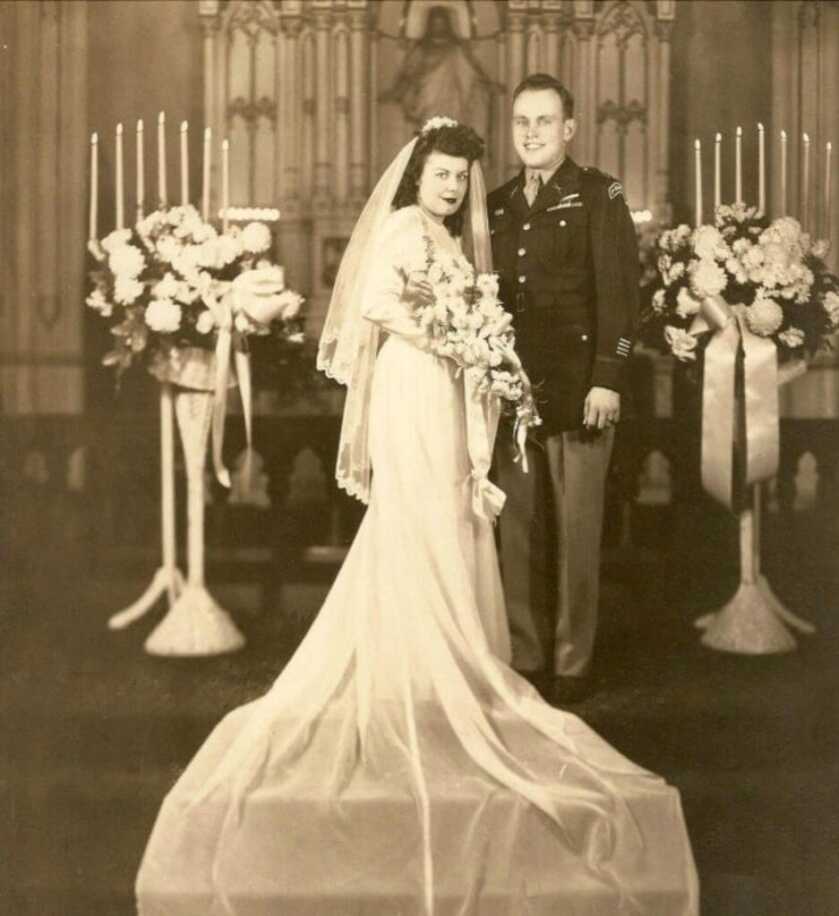

Unlike CPT Miller in the movie, CPT Goranson actually survived the war. He later told some of his fellow Rangers, “Here’s one for Ripley. I found nine slugs and bullet holes in my gear and clothing. I didn’t get a scratch, yet so many around us have died.” He came home to Illinois to marry his sweetheart Ruth and enjoy a long, rich life, ultimately dying peacefully on November 14, 2012, at 93 years old. CPT Ralph Goranson was one of the finest Americans ever to salute the flag.
*** Buy and Sell on GunsAmerica! ***


Many readers seem interested in the topic of your essay, and I must admit that your piece has impressed me. I’m forward to read more of your fantastic writings.
I worked with Captain Goronson from 1981 until he retired in 1983 at E F MacDonald. Ralph always had a beaming smile and when he gave you a handshake you immediately noticed that he had an enormous hand with a strong grip. Ralph never talked about his accomplishments in WWII, I do remember seeing a newspaper with a picture of Ralph sitting in the first row when President Reagan went to Normandy to celebrate the anniversary of the invasion. What a great man – a pleasure I got knowing him !! Geary King
My uncle went ashore on Omaha Beach with an anti-tank company of the 29th Infantry Division. It wasn’t until the movie Saving Private Ryan came out that he called and talked with me about his experiences. His primary job was to disable German tanks, usually by setting them on fire if possible, and wait for the crew to come out the top hatch. He said he could still remember the screams of the German tank crewmembers as they came out of their burning tanks as his squad gunned them down.
Dear Dr. Dabbs:
I love every article that you write. I’ve seen the movie more than once. The first time that I saw it with my late wife I was in awe. When the lights came up in the theater you could hear a pin drop. I sat there with tears streaming down my cheeks. I’ve often said that every high school junior should watch this movie as part of their curriculum. I served in the Marine Corps for four years during Nam. I got lucky. The Corps sent me to helicopter school and then on to the Presidential Helicopter squadron in Quantico, VA for duration of duty. I was a qualified crew chief on the UH-1E, VH3-A, SH3-A, CH53. Like you I miss the military.
Respectfully,
Chuck Vacanti
I still get tears in my eyes when I read stories like this. My Dad was a combat medic in the European Theater and saw more carnage than anyone should have to. Was in Normandy and beyond; Purple Heart and Bronze Star. His first cousin was a war hero in the Philippines, my uncle was in the Navy in the Pacific and went home to the NYC fire dept. You’re right—these guys were cut from a different cloth.
It’s simply humbling to understand that men like this existed.
Great read! Thank you.
we still have kids able to do the job. they’re likely outnumbered by the soyboy gender confused. but they exist. I pray that good leaders exist to lead them.
soon they will be needed or this nation will end
My WWII father came home, started a family, started a business and went about his life and seldom talked about the war. He was a great guy cut from different cloth than today’s crybabies who need a safe space and are offended by everything and don’t know which end of the tube the round come out. Truly pathetic. I’m blessed that he taught me love of country, patriotism and how great it is to be an American. Sadly, he passed away almost a year ago at the ripe old age of 96, doing well till the end.
We could not mount Overlord in today’s pusillanimous DOD.
Spot on! My Father and my Uncle were cut from this same cloth.
My grandfather didn’t talk much about the war. Every once in a while he’d talk about the weapons he carried. Mainly what I’d surmise was a Thompson. He didn’t land on Omaha Beach but he did fight all the way across the Pacific. He never mentioned any buddy’s. I’d guess so many guys came and went you probably didn’t get too close to anyone.
There’s a new crop of these guys out there, but they’re not ubiquitous. WWII saw a whole generation of American men doing their part instead of a tiny fraction, but we’ll still benefit from the guys from this century who saw the elephant.
Yes Doc those men were cut from stouter stuff than men today which I am afraid the younger generation wouldn’t come even close to being as courageous and determined as these men were.
In fact it really scares me to think if today’s young men would fight for our freedom. My father was brought up during the depression and he was tough and frugal and served in the Navy as an ariel gunner in WW2. What the military is becoming now is wrong and our enemies see this.
Yes that generation was stouter than we are. God help us.
He survived Omaha Beach, the Hurtgen Forest and the Battle of the Bulge. That was one very fortunate Soldier. He must have had an Angel on his shoulder.
A wonderful and moving account of CPT Goranson’s experiences — very moving.
This should be mandatory reading for students in todays classroom. Of course, these kids today don’t know anything other than sexual perversion, and hatred for this once great Country.
Agreed Neil J. They have the missing and those that may still be living to congratulate, honor and be thankful to, The Greatest Generation. My father was one of them and he lived his life forever proud of his service to this country.
When my girls were in high school (about 10 years ago) we watched Saving Private Ryan together so that they could see a bit of what the history they were learning in school was all about.